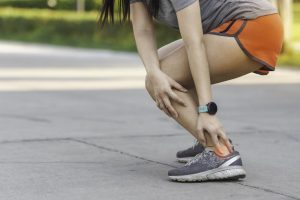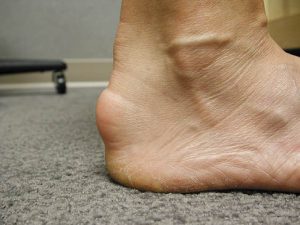
Achilles non-insertional tendinopathy is a condition that affects the Achilles tendon, which connects the calf muscles to the heel bone. It is a type of tendinopathy that specifically affects the area of the tendon that is located above the heel bone, away from the point of attachment.
Symptoms of Achilles non-insertional tendinopathy may include pain and tenderness in the back of the leg, stiffness, and difficulty walking or running. The pain may worsen with activity and improve with rest.
Risk factors for Achilles non-insertional tendinopathy include overuse or repetitive strain on the Achilles tendon, improper footwear, tight calf muscles, and structural abnormalities of the foot or ankle.
Treatment for Achilles non-insertional tendinopathy may include rest, ice, physical therapy, and stretching exercises to help alleviate pain and improve flexibility. In some cases, the use of orthotic devices or supportive shoes may be recommended to reduce stress on the Achilles tendon. Non-steroidal anti-inflammatory medications may also be used to help manage pain and inflammation.
In severe cases, surgery may be necessary to repair or remove damaged tissue from the Achilles tendon. This may involve removing the damaged portion of the tendon or repairing any associated structural abnormalities in the foot or ankle. Recovery from surgery may require a period of immobilisation and rehabilitation to restore strength and function to the affected leg.

